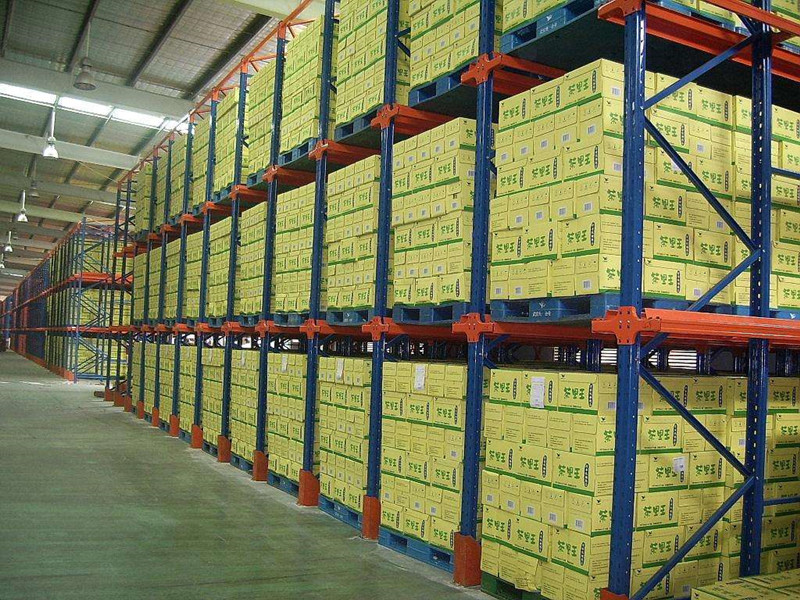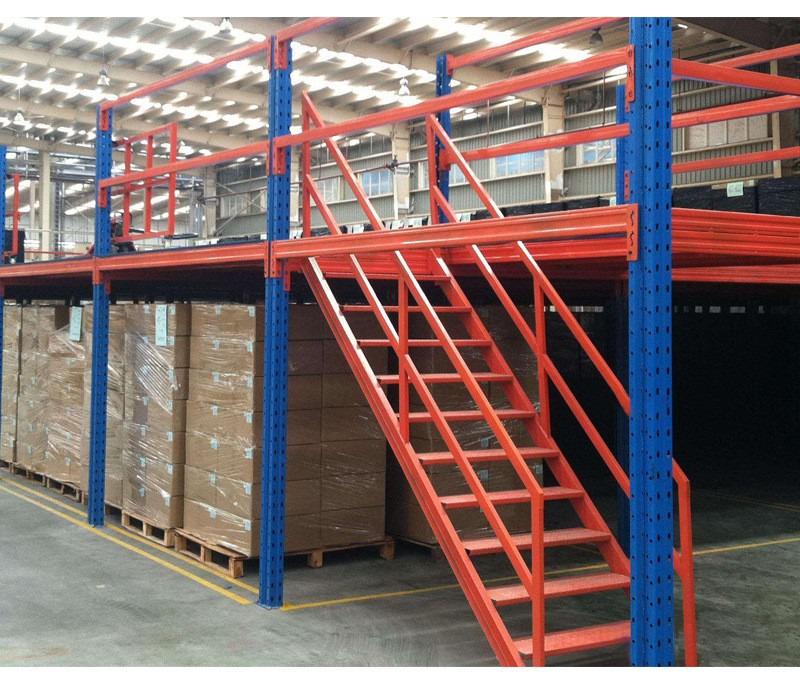In the relentless pursuit of warehouse efficiency and space optimization, racking systems stand as the undisputed backbone. Understanding the various types of racking system in warehouse environments is paramount for any operation aiming to maximize both vertical cube utilization and horizontal floor space. These systems are far more than just metal frameworks; they are the critical infrastructure that dictates inventory flow, accessibility, and ultimately, operational success.
The evolution of warehouse racking types has mirrored the changing demands of logistics – accommodating diverse product ranges, integrating with automation, and providing scalable solutions for ever-increasing storage needs. Choosing the right types of racking system in warehouse directly impacts inventory control accuracy, handling speed, and cost-effectiveness. This guide delves deep into the most common and effective types of warehouse racking, equipping you to make informed decisions for your specific operational requirements.

Fundamentally, a racking system consists of modular structures, typically constructed from durable steel, designed to store industrial products. These products are usually held on pallets, within boxes, or in bins. Unlike static shelving, warehouse racking systems are engineered to withstand intensive use and are specifically compatible with material handling equipment like forklifts and automated guided vehicles (AGVs). They are the essential framework within warehouses, distribution centers, and production facilities, transforming open floor space into organized, high-density storage zones. The selection among the different types of racking system in warehouse depends heavily on the nature of the goods stored and the operational workflow.
Investing in the right types of racking system in warehouse operations delivers significant competitive advantages:
Enhanced Inventory Control: Well-organized racking systems streamline all warehouse processes. They enable superior tracking and visibility from goods receipt through storage, order picking, and finally, shipping. Knowing exactly where every SKU is located is fundamental to accuracy and efficiency.
Increased Storage Density: Modern warehouse racking types, especially high-density solutions, allow vast quantities of inventory to be concentrated within the same available footprint. This is crucial as warehouse space is often a major cost center.
Optimized Space Utilization: Floor space is finite and expensive. Racking systems unlock the potential of vertical space, turning unused height into valuable storage capacity. Designing a layout with the appropriate types of racking system in warehouse is significantly more cost-effective than expanding the facility footprint.
Improved Accessibility & Flow: Different types of racking system in warehouse cater to different access needs (FIFO, LIFO, direct access) and product flows, ensuring that goods can be stored and retrieved efficiently, minimizing travel time and handling efforts.
Safety and Durability: Professionally designed and installed racking systems, manufactured from high-quality materials and complying with safety regulations, provide a safe and robust storage environment, protecting both inventory and personnel.
Selecting the optimal types of racking system in warehouse is not a one-size-fits-all decision. It requires careful analysis of several key factors:
Unit Load Characteristics: The size, dimensions, weight, and type (pallets, boxes, bins, long goods) of your inventory are the primary determinants. Knowing the maximum load per pallet position and overall dimensions is non-negotiable.
Warehouse Infrastructure: Assess the available floor space, ceiling height, floor load capacity, column spacing, and door locations. The height of your facility is particularly decisive for maximizing vertical storage potential with taller racking systems.
Inventory Accessibility Needs: Determine how often SKUs are accessed (turnover rate) and the required picking method (case pick, pallet pick). Do you need direct access to every pallet (selective), or is high-density storage with deeper lanes acceptable? Is FIFO or LIFO inventory rotation critical?
Material Handling Equipment (MHE): The racking system must be fully compatible with your existing or planned forklifts, reach trucks, or automated systems. Consideration includes aisle width requirements and lift heights.
Budget & ROI: Evaluate both the initial investment and the long-term operational savings and durability. Some types of racking system in warehouse (like automated or high-density mobile) may have higher upfront costs but offer superior space savings and efficiency gains, leading to a faster payback period.
Consulting with experienced storage and warehouse design experts is highly recommended to navigate these factors and select the best types of racking system in warehouse for your unique needs.
